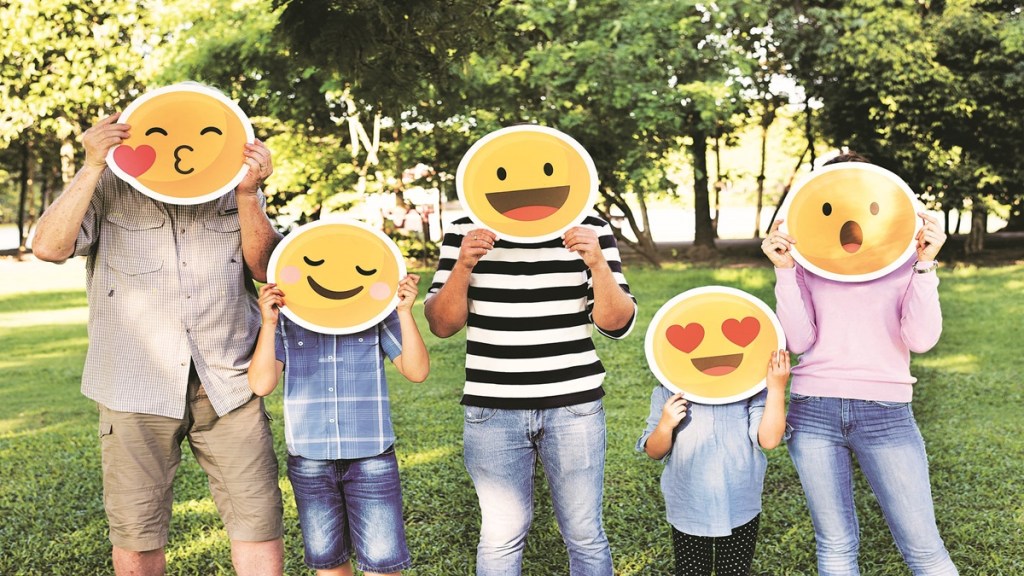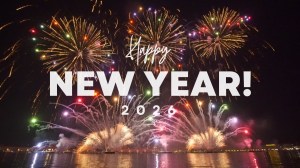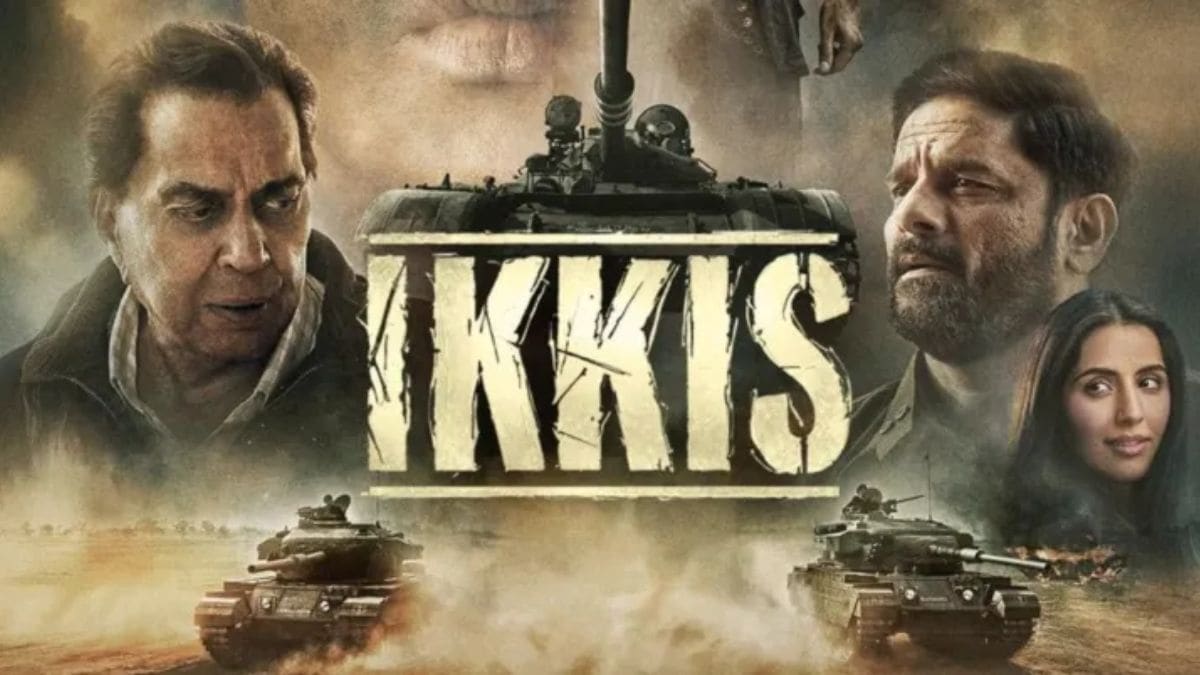In today’s hyper-connected world, emojis have become more than just playful icons. They are a language of the digital age, from sharenting to emoji-inspired scenes in films, the tiny symbols are reshaping how we express emotion, identity, and workplace culture.
A recent survey by Atlassian, an Australian-American software company, in collaboration with global online community, YouGov revealed that a staggering 88% of Gen Z professionals find emojis valuable in work conversations.
The survey polled 10,000 knowledge workers across India, the US, Australia, France, and Germany, underscored the generational divide in perceptions of emoji use.
While Gen Z readily embraces them, less than half of Gen X and Boomers agree they belong in a professional context.
A Language of Emotion in the Workplace and Beyond
With Gen Z set to make up nearly half of India’s workforce by 2035 and a group raised on smartphones, emojis aren’t just symbols, they’re a vital extension of intent, warmth and meaning in messages.
Social media platforms like Instagram encourage emojis, both as a communication tool and a digital shield. Recently, the F1 movie, starring Brad Pitt, mimicked the expressive world of social media which include emojis. The sports action drama was censored by the Central Board of Film Certification (CBFC) because of several posts circulating on social media for a scene which shows a middle-finger emoji replaced by a fist emoji.
But what’s behind this emoji explosion?
It all started with emoji, a Japanese word, which literally means to combine picture and character. In fact, in 2016, the Museum of Modern Art (MoMA) in New York acquired a permanent collection, the original set of 176 emoji characters developed in 1999 by Japan’s telecommunication provider NTT DoCoMo, and organised an exhibition of the emoji titled Inbox: The Original Emoji by Shigetaka Kurita, highlighting its historical significance and the role of the designer Kurita, who is credited to design the first set of 176 emoji in 1999.
These 12×12 pixel images were initially used on mobile phones and pagers, enhancing communication by adding visual elements to text-based messages.
Google added emoji to Gmail in 2006, but it was when Apple added emoji to the iPhone in 2008 that it took off in popularity.
Parents often pair their posts with cheerful emojis, protecting children’s privacy in baby announcements to daily milestones. In another instance, the leafless tree — also known as the ‘dead tree’ or ‘dying tree’ emoji that gained popularity last year, depicted the idea of expressing climate concern. The idea was first proposed in 2022 by an emoji designer Brian Baihaki, who saw a gap in messaging graphics that touch on environmentalism.
The dead tree emoji was soon approved by the Unicode Consortium, a non-profit that sets emoji standards, devoted to developing, maintaining, and promoting software internationalisation standards and data.
Brands too have an updated version of emojis. This year, Apple introduced eight new emojis in the iOS 18.4 update. These additions enhance personalised digital communication and were first sent to the Unicode Consortium for standardisation. The emojis include a harp, a fingerprint, shovel, tree bark, radish, a sark flag, face with bags under eyes and a purple splatter.







